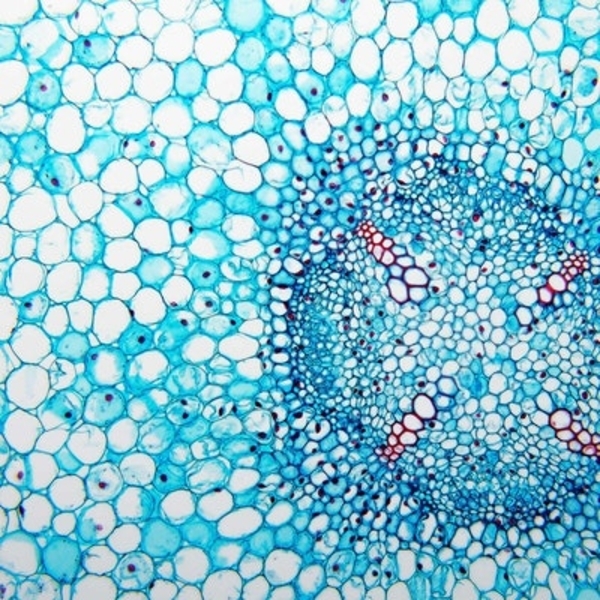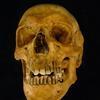Price:
956 EUR
Contact
Saint Petersburg State University
Description
Life on Earth appears to be dominated by higher plants and animals. Yet an immense variety of microbial eukaryotes swarm in the foliage, grass, soil, bogs, ponds, streams, lakes, and oceans. These inconspicuous organisms are flagellates, algae, ciliates, sarcodines, slime molds, apicomplexans. This assemblage is generally termed the protists. Our course is to build a comprehensive picture of protistan diversity. The major steps of eukaryotic evolution will be in focus. By tracking phylogenetic affinities in protistan lineages we will elucidate the major branches on the tree of eukaryotic life.
Many protists are unicellular. This single cell is simultaneously a self-sufficient organism, which is able to sense, move, feed, and repulse an attack on its own. Therefore, protistan cells often demonstrate greater complexity of organelles, structures, and controls than the specialized cells of metazoan animals and higher plants. We will explore how free-living and parasitic unicells implement locomotion, food acquisition, digestion, osmotic regulation, and how they accomplish their life cycle. We also will look into how protists interact with the environment and manage to be biological success.
Within the six modules, we will speak of (1) what protists are, (2) flagellates, (3) sarcodines and slime molds, (4) ciliates, (5) apicomplexans and microsporidians, and (6) finally we will go over the modern phylogeny, will summarize life histories and discuss evolutionary trends in free-living and parasitic protists. This online course will have an optional on-campus extension, when the students have one week of practical exercises in the lab. Using light microscopy, they will observe, explore, and document live specimens and fixed mounts of naked and testate amoebas, foraminiferans, radiolarians, heliozoans, myxomycetes, flagellates, ciliates, gregarines, and coccidians.
Specific details
Category of Education
Life Science







 How to resolve AdBlock issue?
How to resolve AdBlock issue? 


Comments (0)